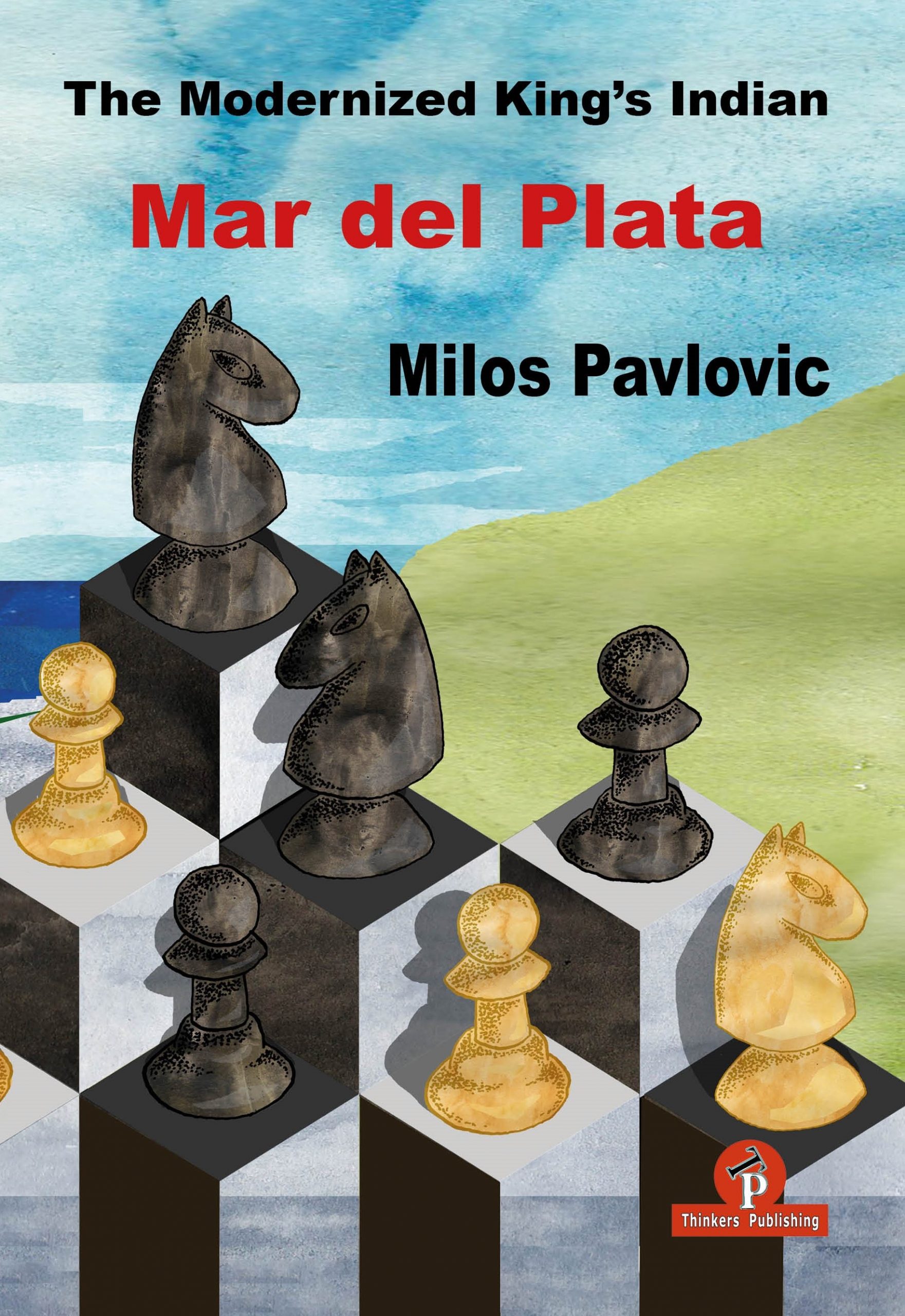The King’s Indian Defense, and the Mar del Plata variation in particular, has played a huge role throughout my entire chess career. I started doing extensive analysis of the ensuing rich positions from a very young age. I believe what lured me to it was that it is an outlier among well-established openings in the sense that it gives Black a chance to attack right from an early stage of the game. This rather romantic approach to chess made a deep impression and stayed with me for a long time. The history of the line is well known – many big King’s Indian experts used to play it frequently.
It was Gligoric who managed to devise the perfect setup for simultaneous attack and defense, which completely revolutionized the King’s Indian as a whole, not only the Mar del Plata variation. Thanks to that and also to significant theoretical contributions by other legends of the game such as Bronstein and Boleslavsky, and later on Stein, Fischer and Kasparov, the King’s Indian was established as one of the key battlegrounds of opening theory right to this day. I consider the King’s Indian to be one of the last remaining areas of classical chess where engines are not omnipotent over humans.
The usual pattern is that engines will always strongly favor White from the beginning of the game, but the entire point of the King’s Indian is to understand the deep nuances in closed positions. The positions are so rich with hidden dynamics, yet complex enough that the lines are never too forcing. The wealth of possibilities for both sides means that a strong understanding of chess is far more important than knowing how an engine evaluates the position. When the game finally opens up and the tactical fireworks erupt, it is essential that your pieces are correctly positioned for it. This intuition only comes after much study and experience.
The Mar Del Plata is probably the single most comprehensive variation of the King’s Indian in terms of the volume of possibilities and strategic richness. Even aside from players who wish to incorporate the King’s Indian into their repertoire, I believe that study of these positions is essential for all chess players, as the attacking and defensive ideas on display are such a fundamental and universal part of playing chess. Learning how to evaluate and compare the strength of each side’s attacking potential is a paramount skill which can be applied all throughout your chess career.
What makes the position so strategically rich and fascinating is that all the pieces currently remain on the board and both sides are actually playing on the entire board, which is not always typical in other openings. It would be a flawed oversimplification to explain the nature of the position by saying that White will play on the queenside while Black will attack on the kingside. In reality the situation is far more complicated than that.
I’ve noticed that some new ideas have emerged for both sides in recent times, and I must say that the popularity of this system is greater than ever. I think what attracts so many players to it is that it shows an obvious desire to play for a win with either color. This is in contrast to many other openings where the objectives are for White to try and gain a small edge, and for Black to try their best to equalize and secure a draw. I hope experienced King’s Indian players who read this book will discover many new useful ideas to incorporate into their game, while players who are new to the opening will find that they have gained a new passion to add to their repertoires.
Milos Pavlovic
Belgrade 2021



